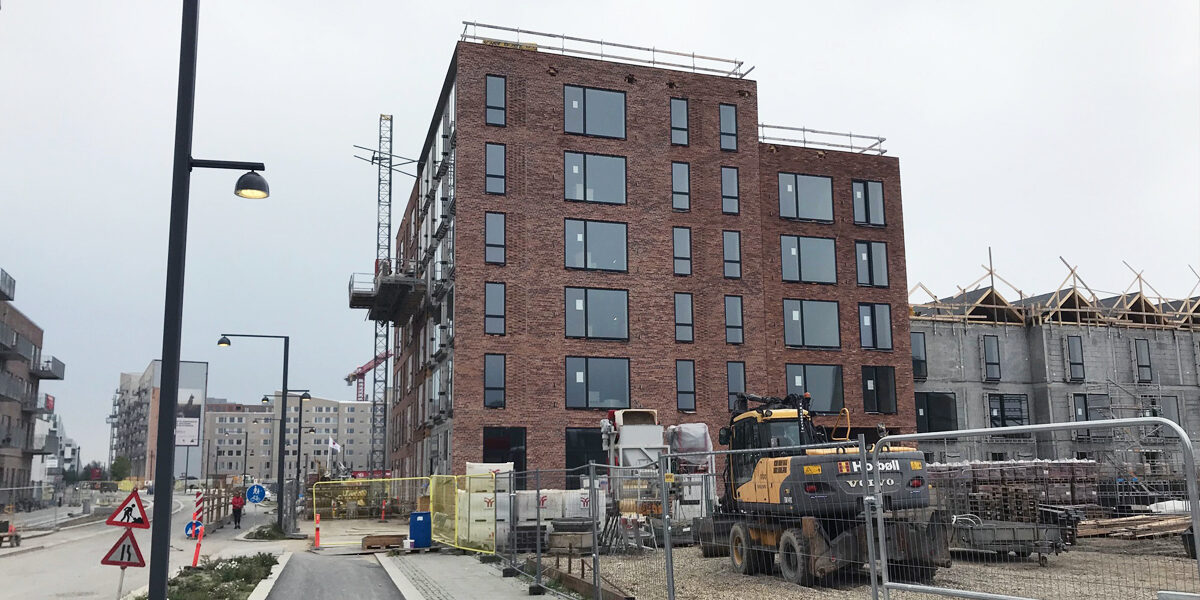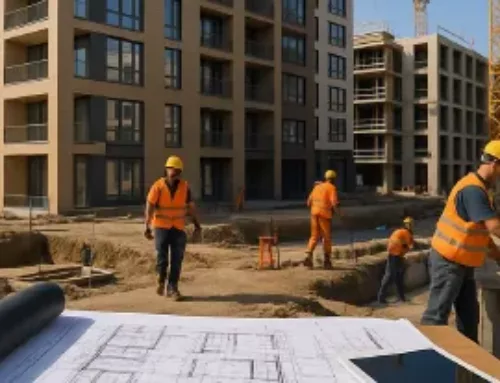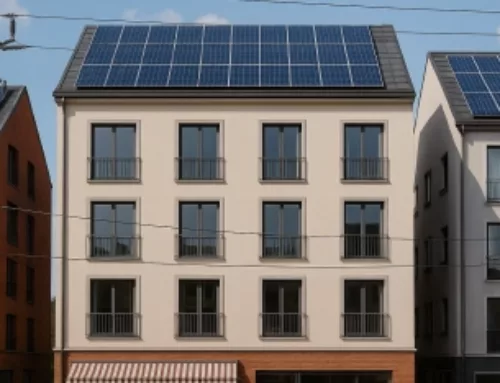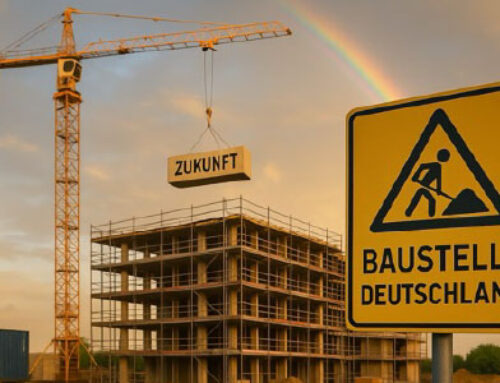Episode 1: Housing policy
In view of the considerable change in the world situation, the German real estate and energy industry is undergoing a dynamic process of change. The fight against climate change can no longer be delayed. Global trouble spots have caused inflation to rise and, as a result, significant increases in interest rates. This has brought the boom years of the real estate industry in particular to an abrupt end. The energy industry, on the other hand, must manage a rapid and as smooth as possible transformation from fossil to renewable.
Against this background, there are numerous legislative changes and proposals, some of which have been initiated by the German federal government or state governments, and some of which have been mandated by the European level.
This blog is intended to provide an overview of new developments – especially for our international clients.
Episode 1: Housing policy
1 What is at stake?
In its 2021 coalition agreement, the German government promised to create the conditions for building 400,000 apartments a year, 100,000 of which would be social housing. This was in line with the identified need and was intended to counteract the increasing housing shortage, especially in metropolitan areas (such as the seven largest cities, but also numerous student towns).
2 Did it succeed?
Not even close. The target has been and will be missed by a wide margin. The target is not expected to be achieved in the next few years either. If anything, the outlook for 2024 is even bleaker than this year, with some talking about more like 200,000 housing units being completed in 2024. At the same time, demand has increased to more like 700,000 apartments due to increasing migration, among other factors.
3 Where does this come from?
Due to a long-lasting boom phase in the real estate sector, reforms were not tackled for a long time. On the contrary, the federal states also wanted a piece of the pie and increased the real estate transfer tax to often 6.5% and often demanded that project developers assume the costs for development and infrastructure in urban development contracts. This worked as long as the project developers were able to make a good living from it. However, the Corona crisis first led to supply bottlenecks for numerous construction materials, and the Ukraine war led to increasing inflation, which the central banks are fighting with ever-rising interest rates. Under these conditions, many project developers can no longer realize projects without being driven to the brink of bankruptcy – or beyond …
4 What shall now be done on the political side to achieve the turnaround?
The responsible Federal Ministry of Construction has now developed a 14-point plan that is intended to lead to more housing construction in the medium term at any rate (available here: https://www.bmwsb.bund.de/SharedDocs/topthemen/Webs/BMWSB/DE/Massnahmenpaket-bauen/massnahmenpaket-artikel.html). Experts expect a real effect on the housing market around 2025.
5 What is planned?
Probably the most important, planned items are:
– Introduction of a special depreciation allowance.
Planned is a declining balance depreciation for wear and tear (AfA) in the amount of 6% until October 1, 2029. Important: no construction cost cap, prerequisite EH 55 standard, link to start of construction (not building application).
– Alignment of the building codes of the federal states, serial construction.
A central problem is that the building codes of the federal states in Germany have very different regulations, which significantly complicates nationwide activity in the construction sector. The regulations of the building codes should therefore be harmonized more closely, although this has already been discussed for decades. There is a push by the Federal Chamber of Architects, which has submitted a draft for amending the model building code, which has at least been coordinated with all chambers of the federal states (can be downloaded here: https://bak.de/presse/pressemitteilungen/bak-legt-musterumbauordnung-vor-als-beitrag-zur-nachhaltigen-entwicklung-von-staedten-und-kommunen/). Central role is to take among other things the so-called serial and/or modular building. So-called type approvals are to be introduced so that a project for which approval is granted in one federal state is not rejected in another federal state.
– Postponement of the legally binding nature of the EH-40 standard
It has been announced that the EH-40 standard, which was actually intended to be mandatory, will no longer become the statutory standard in this legislative period due to the associated costs. However, many institutional investors now demand this standard anyway – if only because of ESG requirements. There are many calls from the industry for a subsidy program for buildings that meet the EH-50 standard to be implemented again in the short term to stimulate the construction industry.
– EUR 18.15 billion for social housing construction
In many cities in Germany, more than half of the inhabitants are entitled to a housing entitlement certificate. However, the lack of flexibility in the subsidy channels is often criticized by the industry. More steps are needed to make social housing actually attractive again. The position paper does not comment on this at present.
6 What else is in the position paper?
Simplification and acceleration of the construction of affordable housing (amendment of the BauGB planned), promotion of climate-friendly new construction and home ownership for families, home ownership program “Jung kauf Alt” (young buy old), introduction of a new non-profit housing association (probably based on the Vienna model), promotion program for young housing (EUR 500 million. 500 million will go toward the construction of student and apprentice dormitories), simplification of construction (by promoting building type E), discounted sale of real estate from the Federal Real Estate Agency (BImA), adjustment of noise limits as residential development approaches, promotion of the installation of climate-friendly heating systems, and reduction of ancillary acquisition costs (e.g. through greater flexibility in real estate transfer tax) are also part of the 14-point plan.
7 When will all this come about?
In principle, the measures are to be implemented during this legislative period, i.e. by 2025. However, many of the measures are even to be launched in 2023, although this remains to be seen. We will take a closer look at the individual points as soon as concrete proposals are available.





